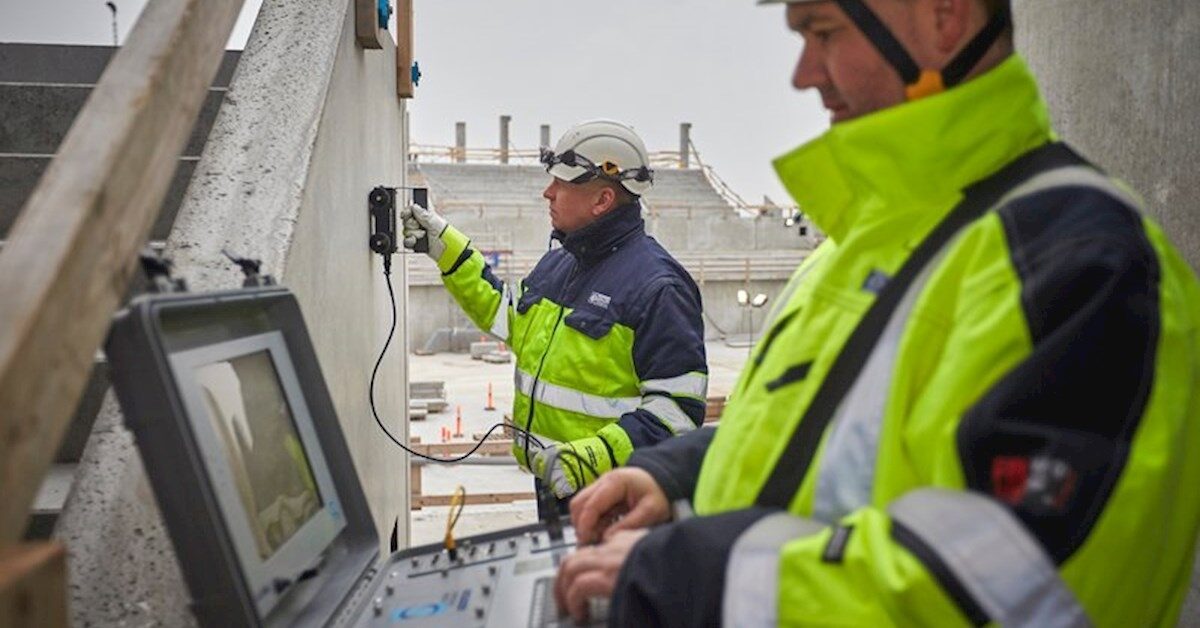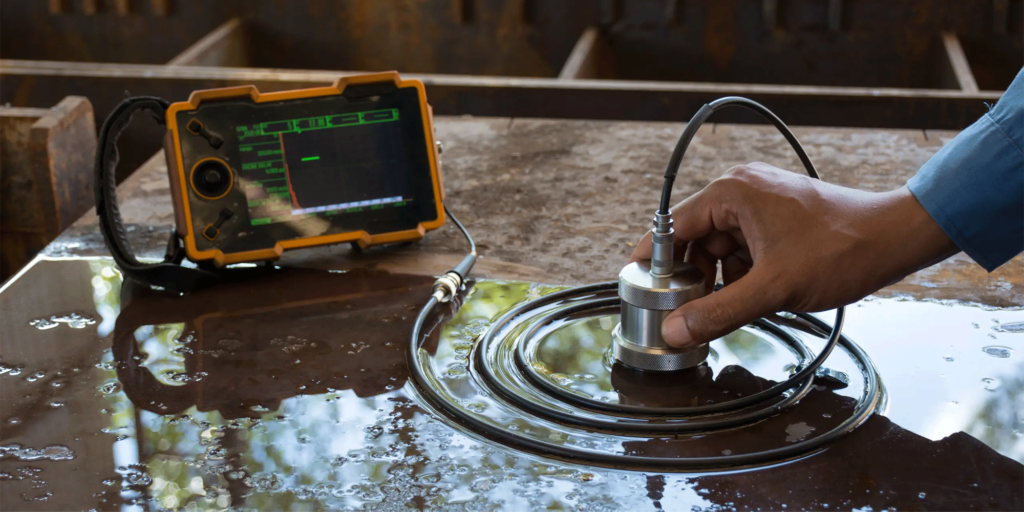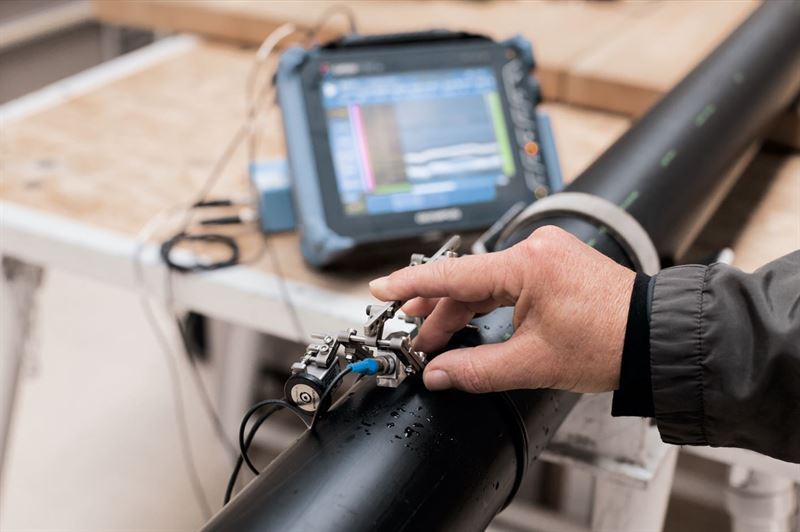The **oil and gas industry** is a cornerstone of the global economy, and maintaining its infrastructure is crucial. One of the key components to ensuring safety and efficiency within this industry is the **synchronization in oil and gas inspections**. This synchronization is not only vital for operational success but is also a critical component in maintaining compliance and safety standards.
**Synchronization in oil and gas inspections** refers to the seamless coordination of various inspection activities. This involves aligning schedules, data, and methodologies to ensure that all inspection activities are conducted in a harmonious and efficient manner. This synchronization is essential to reduce downtime, enhance safety, and improve the overall reliability of oil and gas operations.

The Importance of Synchronization in Inspections
The synchronization of inspections is critical in the **oil and gas sector** due to the complexity and scale of operations. Without proper synchronization, inspections can lead to overlapping activities, missed inspections, and increased costs. The importance of synchronization can be categorized into three main areas:
1. Safety Assurance
Safety is paramount in the oil and gas industry. By synchronizing inspections, companies can ensure that all safety protocols are consistently followed and that any potential hazards are identified and addressed promptly. This proactive approach significantly reduces the risk of accidents and enhances operational safety.
2. Cost Efficiency
By coordinating inspection schedules and activities, companies can minimize downtime and optimize resource allocation. This leads to significant cost savings and improved financial performance. Synchronization helps in avoiding redundant inspections and ensures that all necessary checks are completed efficiently.
3. Regulatory Compliance
The oil and gas industry is highly regulated, and compliance with industry standards is non-negotiable. Synchronization ensures that inspections are conducted in line with regulatory requirements, reducing the risk of non-compliance and potential legal issues.
Challenges in Achieving Synchronization
While the benefits of synchronization are clear, achieving it presents several challenges:
1. Complex Operational Environment
The oil and gas industry operates in a highly complex environment with numerous moving parts. Coordinating inspections across various sites and teams can be challenging due to the scale and scope of operations.
2. Data Integration
Effective synchronization requires seamless data integration across different platforms and systems. This can be difficult due to the variety of technologies and software used in the industry. For more insights on how data integration plays a role, visit our article on synchronization technologies.
3. Technological Limitations
While technology plays a crucial role in synchronization, not all companies have access to the latest tools and software. This can hinder their ability to fully synchronize their inspection processes.
Innovative Solutions for Synchronization
To overcome these challenges, companies are adopting innovative solutions:
1. Advanced Software Platforms
Utilizing advanced software platforms that offer integrated solutions can enhance synchronization. These platforms enable real-time data sharing and coordination across teams, streamlining the inspection process.
2. IoT and Sensor Technologies
The Internet of Things (IoT) and sensor technologies provide real-time monitoring and data collection. This technology enables predictive maintenance and more efficient inspection scheduling, enhancing synchronization.
3. Training and Development
Investing in training programs for employees ensures that they are equipped with the necessary skills to utilize synchronization technologies effectively, leading to more efficient inspections.
Benefits of Successful Synchronization
When synchronization is effectively implemented, companies can enjoy numerous benefits:
1. Enhanced Operational Efficiency
By synchronizing inspections, companies can achieve greater efficiency in their operations, resulting in higher productivity and reduced operational costs.
2. Improved Decision Making
Access to synchronized data allows for better decision-making, enabling companies to respond quickly to potential issues and make informed strategic decisions.
3. Increased Equipment Longevity
Regular, synchronized inspections help in identifying potential issues before they escalate, prolonging the lifespan of equipment and reducing the need for costly repairs.
Conclusion
**Synchronization in oil and gas inspections** is a critical component for ensuring safety, efficiency, and regulatory compliance. By overcoming challenges through innovative solutions, companies can achieve successful synchronization, leading to enhanced operational performance and a competitive advantage in the industry.

FAQs
1. Why is synchronization important in oil and gas inspections?
Synchronization is important because it ensures that inspections are carried out efficiently, reducing downtime, enhancing safety, and ensuring compliance with industry regulations.
2. What challenges are faced in synchronizing inspections?
Challenges include the complex operational environment, data integration issues, and technological limitations.
3. How can companies improve synchronization?
Companies can improve synchronization by using advanced software platforms, IoT technologies, and investing in employee training.
For further reading on the importance of synchronization and its applications, consider visiting this external resource.
This article contains affiliate links. We may earn a commission at no extra cost to you.
